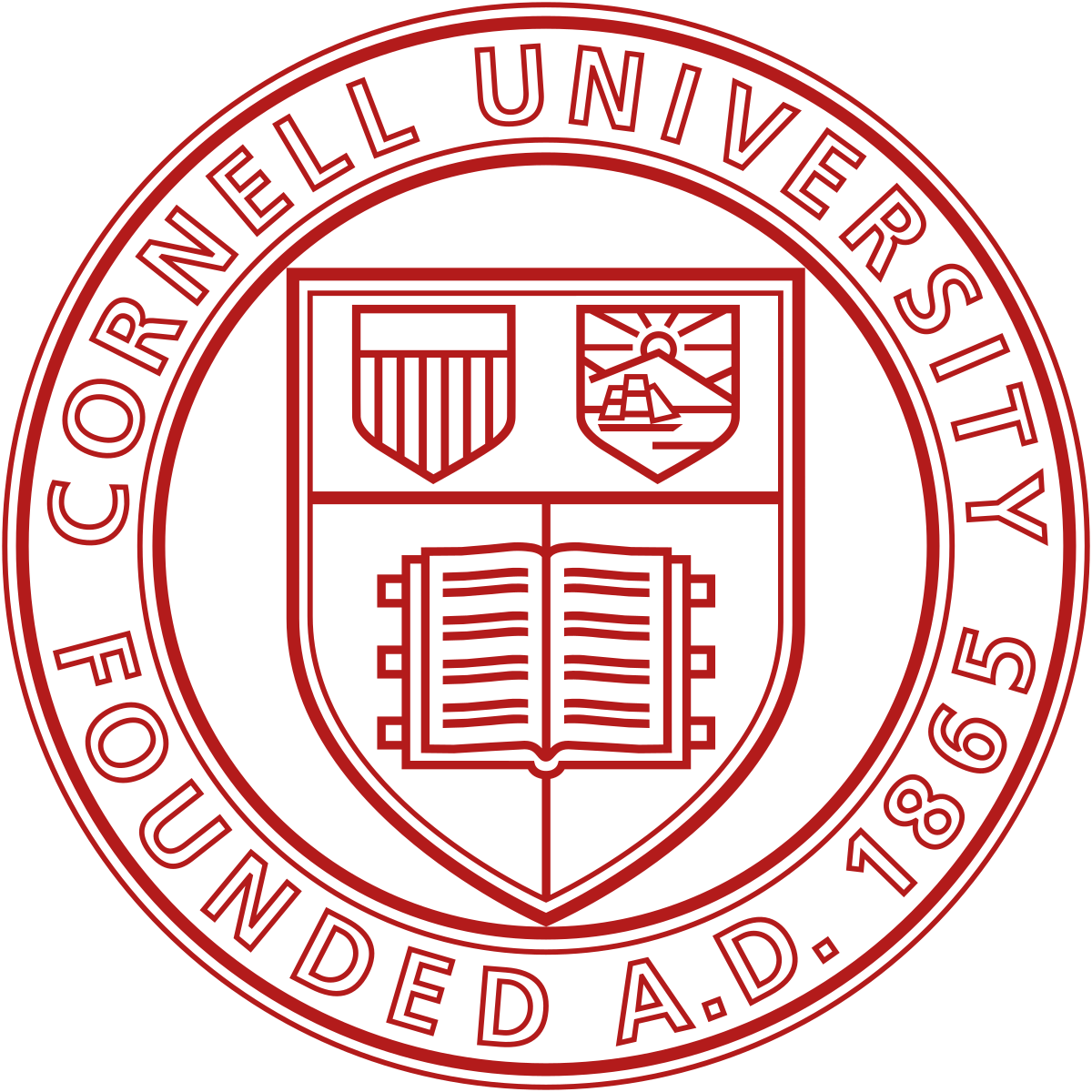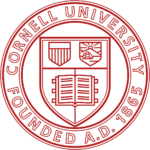
Six decades of research on Oneida Lake, New York State’s largest interior lake has produced a unique long-term ecosystem study, begun by John Forney in 1956, which has become a model for other fresh water lakes around the world. Also unique is the continuous long-term collaboration and support of the New York Department of Environmental Conservation.
In more recent years, national and international collaborations on the Great Lakes have resulted in a more in-depth understanding of those lakes’ food webs and the effects of invasive species.
-

- North America
- 900 Shackelton Point Rd.
- Bridgeport
- 13030
- United States
- New York
- 43
- 75
- mlh55@cornell.edu
- https://cals.cornell.edu/biological-field-station-shackelton-point
- 1956
- 1989
- Yes
- Cornell University
- 616 Thurston Ave
- Ithaca
- 14850
- United States
- New York
- Michelle Holeck
- mlh55@cornell.edu
- Administrative Assistant
- 900 Shackelton Point Rd. Bridgeport, NY 13030
- +13156339243
- Lars G Rudstam
- lgr1@cornell.edu
- Michelle Holeck
- mlh55@cornell.edu
- lgr1@cornell.edu
- $50,001 - $200,000
- 101-500
- Other
- NYSDEC, EPA
- Yes
- 11-20
- 1-2
- 21-50
- 26-50
- Yes
- Yes
- On Grid
- 0-20 minutes
- Yes
- Yes
- Graduate
- Yes
- Marine
- Intertidal - salt marsh, pelagic, benthic, abyssal
- 0-100 meters
- 0-100 meters
- D (continental)
- Yes
- Rural
- Yes
- Yes
- Yes
- Yes
- Yes
- Yes
- Year Founded
- 1956
- Year Joined OBFS
- 1989
- Size of Field Station (hectares)
- 101-500
- FSML Web Address
- https://cals.cornell.edu/biological-field-station-shackelton-point
- Private nonprofit organization?
- No
- Universities affiliated / Parent Organization
- Cornell University
- Federal, state, or local governmental partners?
-
Other: NYSDEC, EPA
- Member of the Virtual Field
- No

